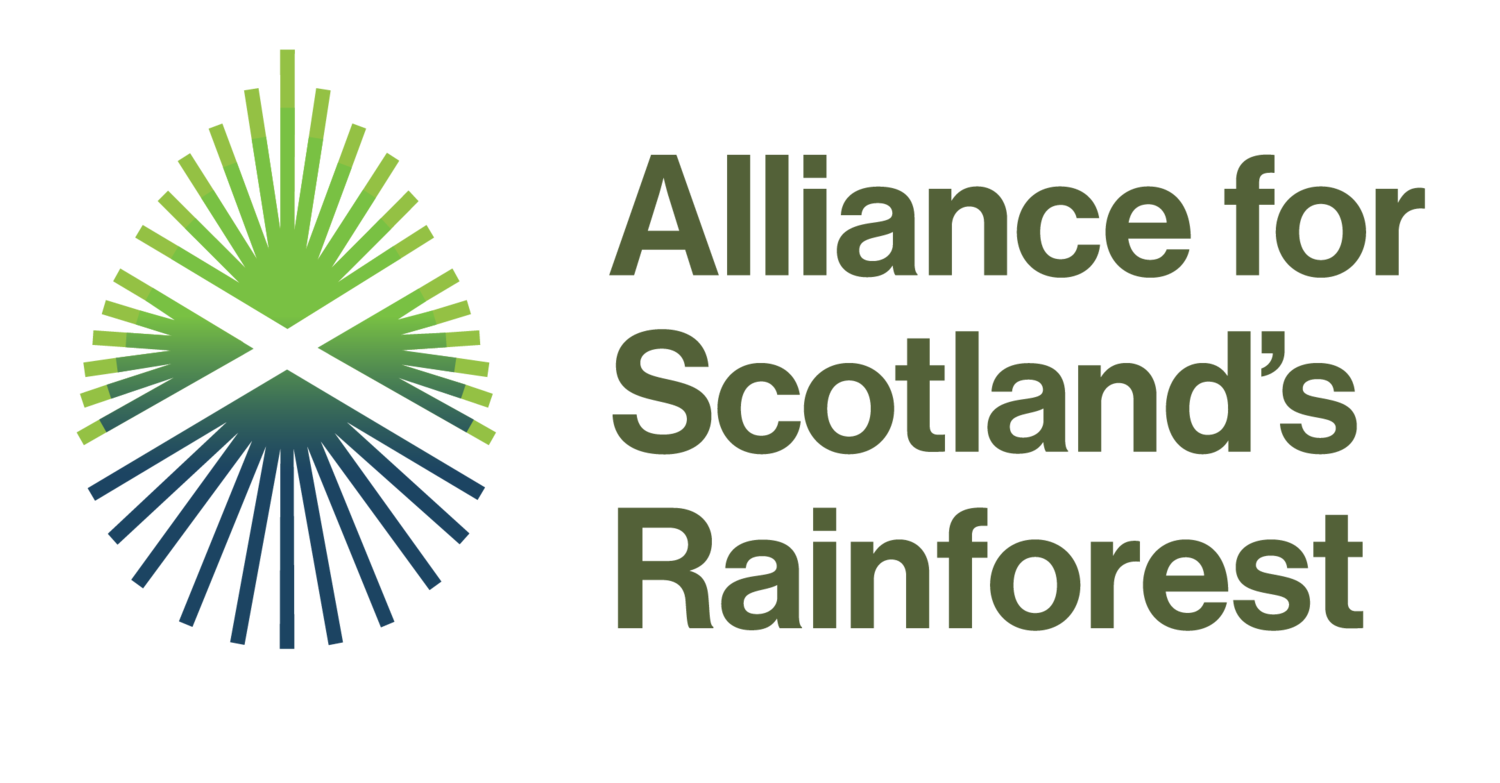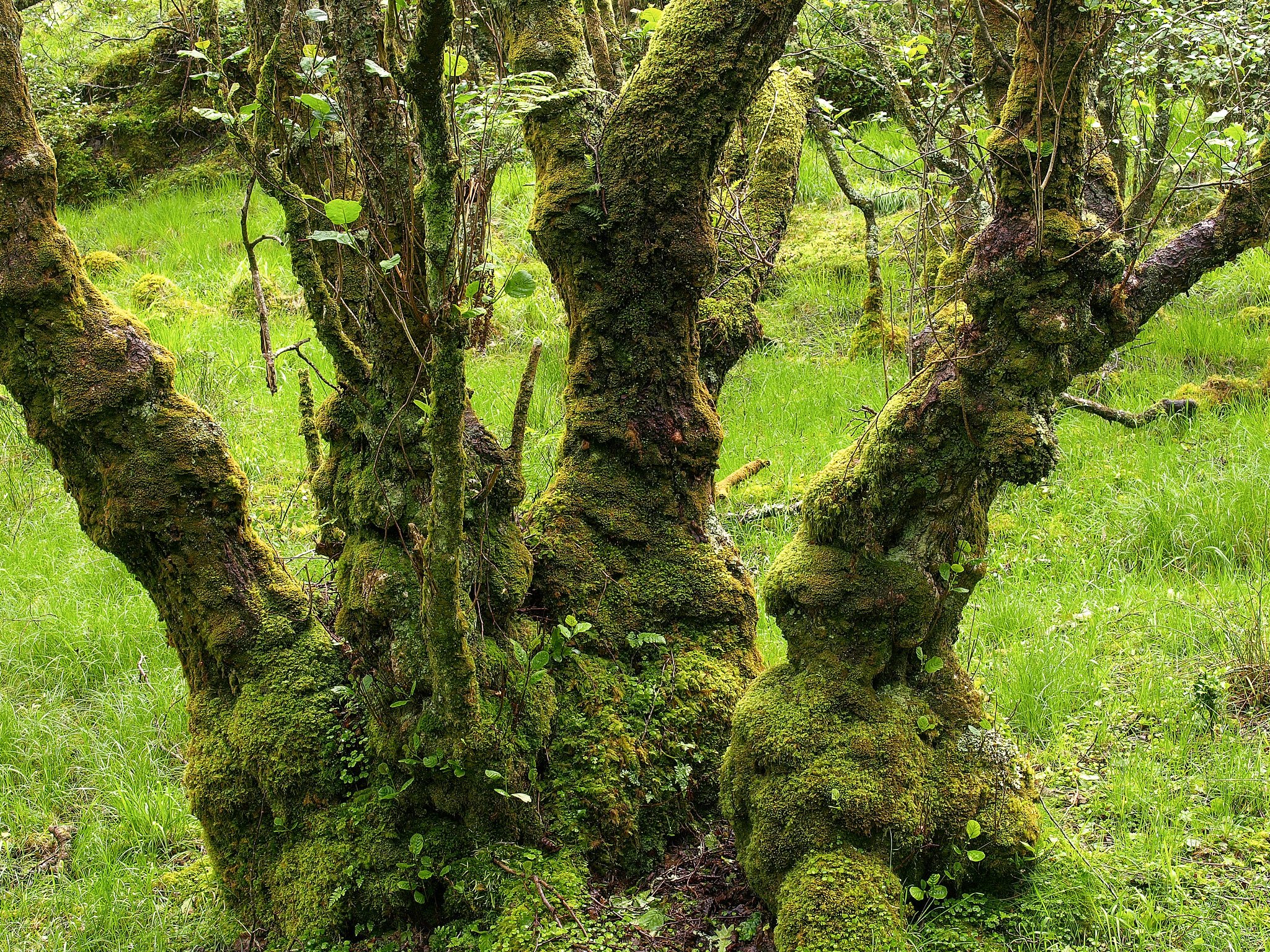The State of Nature and Scotland’s rainforest
With the publication of the 2023 State of Nature report, what do the figures mean for Scotland’s rainforest? Plantlife Scotland’s Oliver Moore explains.
The loss of our wildlife often seems to play second fiddle to the climate crisis. But the latest State of Nature (Scotland) report shows the scale of the problem right on our doorstep, and in particular, the problems faced by the wildlife of Scotland’s rainforest.
The report states that the range of 545 species of mosses and liverworts (bryophytes) have declined across Scotland since 1970. The distribution of almost 900 lichen species have also shrunk in the same period.
Suggested reasons include warmer and drier summers, habitat loss, and nitrogen pollution. All these threats generally have a homogenising effect, as conditions become suitable for ubiquitous urban, drought-tolerant and nitrogen-loving species at the expense of our more specialist and high conservation value biodiversity.
Scotland’s temperate rainforest is an internationally rare habitat that supports hundreds of bryophytes and lichens. Many of these species are so rare globally that Scotland has an international responsibility to secure their future. One or two are only found in our rainforests, like the white script lichen. If we can protect, restore and expand Scotland’s rainforest then we can make a significant contribution to countering the global decline in bryophyte and lichen biodiversity.
The Taynish Woods Site of Special Scientific Interest in Argyll is just one example of temperate rainforest habitat and nearly 300 bryophytes and 500 lichens have been recorded from there. Woodlands like these show just how rich Scotland’s rainforest can be and why it should be a high priority in response to declines shown in the State of Nature.
The report also shows that invasive non-native species (INNS) are the main threat to protected natural sites in Scotland, with excessive grazing pressure a close second. Under-grazing was also in the top five threats.
These issues are high priorities for partner organisations within the Alliance for Scotland’s Rainforest (ASR). We know that significant investment is needed to remove INNS such as Rhododendron ponticum from our temperate rainforest habitat, but this will only work if it occurs at landscape scale and over a long period of time to prevent re-invasion.
Excessive grazing pressure from deer and livestock is also preventing our rainforests from expanding and regenerating (and has done for decades). However, the answer is not always to fence out herbivores. Too little grazing can result in too much undergrowth, and dense tree regeneration around mature trees can be problematic for rare epiphytes because of shading.
One final important issue highlighted by the State of Nature report is a lack of people with the suitable skills to be able to carry out vital scientific surveys. It’s essential that we understand what’s happening with our rare species, and the only way to do that is to have reliable data to work with.
ASR partners are aware of the desperate need to increase the capacity and skills of local people, in areas such as identifying bryophytes and lichens, removing INNS properly, culling and butchering deer, and carrying out habitat condition monitoring. That’s why we’re continuing to prioritise funding for community and contractor training and development in our grant applications and funding asks.
Read more about ASR projects in urgent need of funding and support us if you can. Visit our Get Involved page https://savingscotlandsrainforest.org.uk/get-involved.




